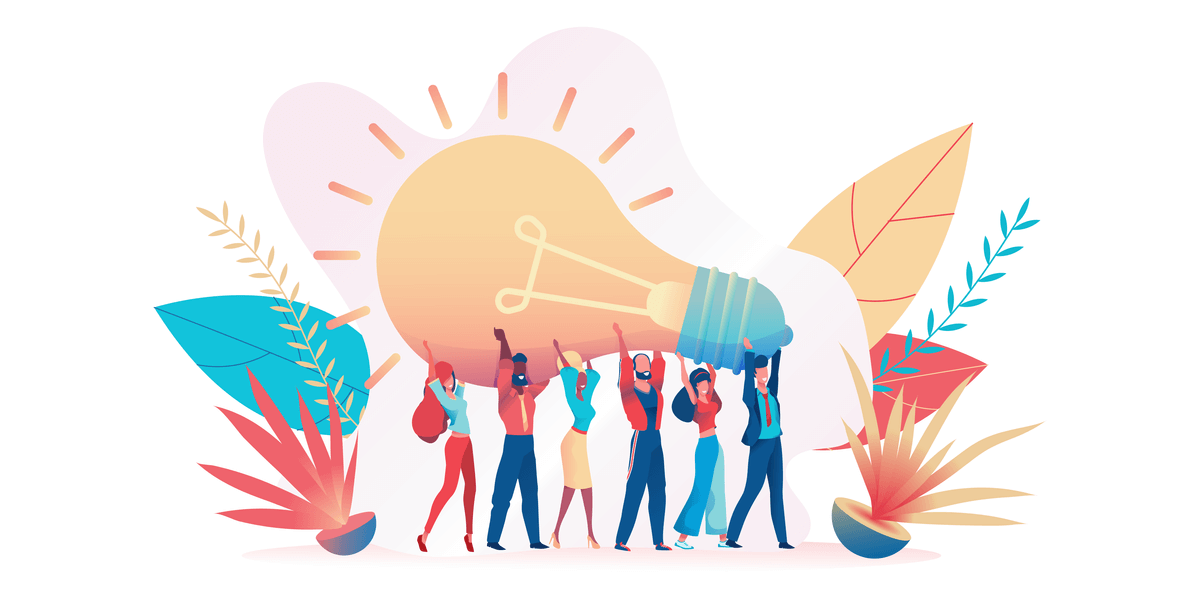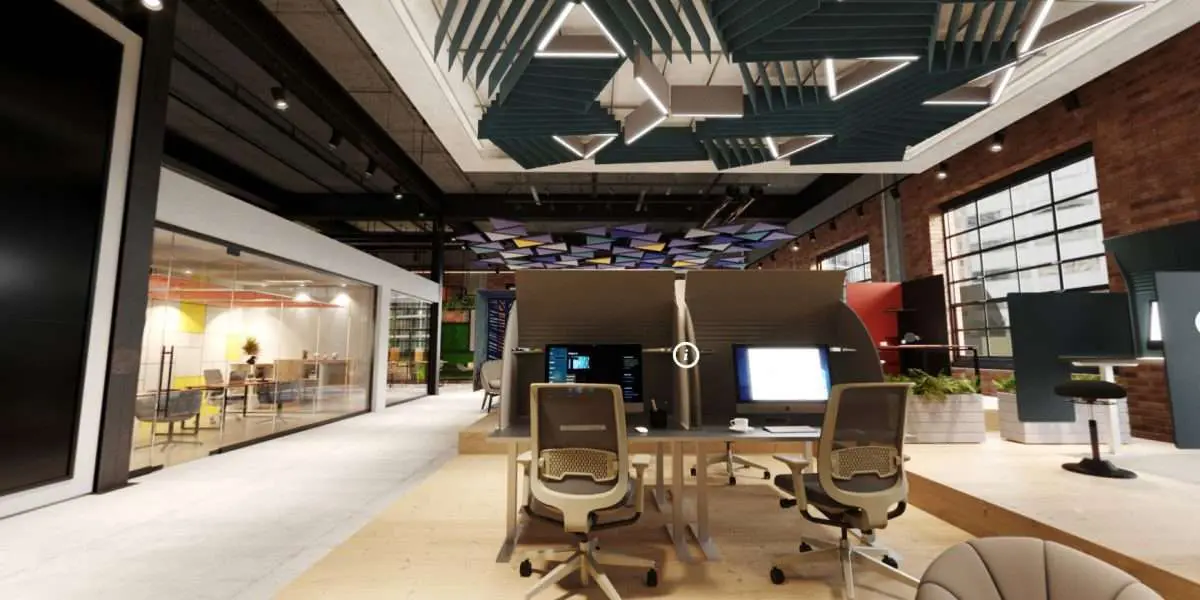Creativity is a phenomenon that permeates every aspect of human existence, but perhaps nowhere is it more palpable and celebrated than in the world of art. From the strokes of a painter’s brush to the lyrical prose of a writer, creativity is the lifeblood that fuels expression and innovation. In this article, we delve deep into the enigmatic realm of creativity, focusing our artist spotlight on the intricate and often mysterious process through which artists bring their visions to life.
Introduction to Creativity and the Artist’s Mind
What is creativity?
Creativity is the ability to generate novel ideas or solutions that are both original and valuable. It involves thinking outside the box, breaking free from conventional patterns, and embracing innovation.
Importance of creativity in art
In the realm of art, creativity is the driving force behind every masterpiece. It is what distinguishes a work of art from mere imitation, infusing it with meaning, emotion, and resonance.
Understanding the Creative Process
Inspiration: Where ideas come from
The creative process often begins with inspiration, a spark of imagination that ignites the artist’s mind. Inspiration can be found anywhere – in nature, in everyday experiences, or in the depths of the subconscious.
Exploration: Experimentation and trying new things
Once inspired, artists embark on a journey of exploration, experimenting with different techniques, mediums, and styles. This phase is marked by curiosity and a willingness to take risks.
Expression: Bringing ideas to life
The final stage of the creative process is expression, where ideas take shape and form. Whether through paint on canvas, words on a page, or notes in a melody, artist channel their creativity into tangible works of art.
Factors Influencing Creativity
Factors Influencing Creativity
Creativity is a complex phenomenon influenced by a multitude of factors, ranging from internal psychological states to external environmental conditions. Understanding these factors can provide valuable insights into how creativity can be nurtured and enhanced.
Environmental factors
The physical environment in which an individual works or resides can have a significant impact on their creative abilities. A cluttered or chaotic environment may inhibit creativity, while a clean, organized space can foster focus and clarity of thought. Additionally, exposure to natural elements such as sunlight, greenery, and open spaces has been shown to boost creativity and cognitive function.
Social and cultural influences
Social and cultural factors play a crucial role in shaping an individual’s creative identity. Cultural norms, values, and beliefs can influence the types of creative expression that are encouraged or discouraged within a society. Likewise, social interactions and relationships can either inspire or hinder creativity, depending on the level of support and encouragement received from peers, mentors, and collaborators.
Psychological mindset
The psychological mindset of an individual, including their attitudes, beliefs, and emotions, can profoundly impact their creative abilities. A growth mindset, characterized by a belief in one’s ability to learn and grow, is associated with greater creativity and resilience in the face of challenges. Conversely, a fixed mindset, marked by a fear of failure and a reluctance to take risks, can stifle creativity and inhibit innovation.
Cognitive processes
Creativity is closely linked to various cognitive processes, including divergent thinking, problem-solving, and pattern recognition. Individuals who are able to think flexibly, generate a wide range of ideas, and make novel connections between seemingly unrelated concepts are more likely to exhibit high levels of creativity. Additionally, cognitive processes such as attention, memory, and executive functioning play a crucial role in shaping creative thinking and behavior.
Emotional state
Emotions play a dual role in the creative process, serving as both catalysts and barriers to creative expression. Positive emotions such as joy, curiosity, and passion can enhance creativity by promoting a state of flow and intrinsic motivation. However, negative emotions such as anxiety, stress, and self-doubt can impede creativity by triggering cognitive rigidity and inhibiting risk-taking behavior. Learning to regulate emotions and cultivate emotional resilience is essential for fostering a conducive environment for creativity to thrive.
Techniques to Enhance Creativity

Mindfulness and meditation
Practicing mindfulness and meditation can help quiet the mind and cultivate a state of openness and receptivity, allowing creative ideas to flow more freely.
Collaboration and sharing ideas
Collaborating with other artists and sharing ideas can stimulate creativity through exposure to different perspectives and approaches.
Breaking routines and embracing novelty
Breaking out of established routines and embracing novelty can shake up the creative process, leading to fresh insights and unexpected discoveries.
Challenges Faced in the Creative Journey
Creative blocks and how to overcome them
Every artist encounters creative blocks at some point in their journey. Strategies for overcoming these blocks include taking breaks, seeking inspiration from other sources, and embracing imperfection.
Self-doubt and criticism
Self-doubt and criticism can be formidable obstacles to creativity, undermining confidence and stifling innovation. Learning to cultivate self-compassion and resilience is essential for navigating these challenges.
Celebrating Creativity: Success Stories and Inspirational Artists
Profiles of renowned artist and their creative processes
From Leonardo da Vinci to Frida Kahlo, history is replete with examples of visionary artist whose creative processes have left an indelible mark on the world.
Examples of groundbreaking artworks and their genesis
Exploring the genesis of groundbreaking artworks offers insights into the creative minds behind them, shedding light on the processes of inspiration, exploration, and expression.
Further Exploration: Nurturing Creativity in Everyday Life
While the artist spotlight often shines on famous artists and their masterpieces, creativity is not confined to the realm of the extraordinary. In fact, nurturing creativity in everyday life can yield profound benefits for individuals and society as a whole.
Cultivating creativity in education
Education plays a crucial role in fostering creativity from a young age. By incorporating arts education, encouraging curiosity, and embracing diverse perspectives, educators can empower students to think creatively and innovate.
Creating space for creativity in the workplace

In today’s rapidly evolving world, creativity is increasingly recognized as a valuable asset in the workplace. Employers can create environments that encourage experimentation, collaboration, and risk-taking, fostering a culture of innovation and growth.
Finding inspiration in nature and the arts
Nature has long been a source of inspiration for artists, scientists, and thinkers alike. Spending time in nature, immersing oneself in art, music, and literature, can stimulate the imagination and fuel creative thinking.
Embracing creativity as a form of self-expression
Creativity is not limited to traditional forms of art; it can manifest in myriad ways, from cooking and gardening to photography and DIY projects. Embracing creativity as a form of self-expression allows individuals to connect with their inner selves and share their unique perspectives with the world.
Conclusion
Creativity is a multifaceted and deeply personal journey, shaped by a myriad of factors both within and beyond our control. By understanding and embracing the intricacies of the creative process, we can unlock our full potential as artists and innovators, enriching our lives and the world around us.
Creativity is a boundless force that transcends boundaries and enriches every aspect of our lives. By celebrating the achievements of renowned artists, exploring the creative process, and nurturing creativity in everyday life, we can unlock the full potential of human imagination and innovation


